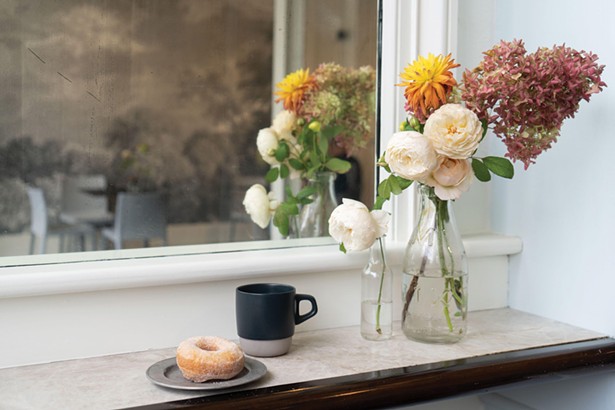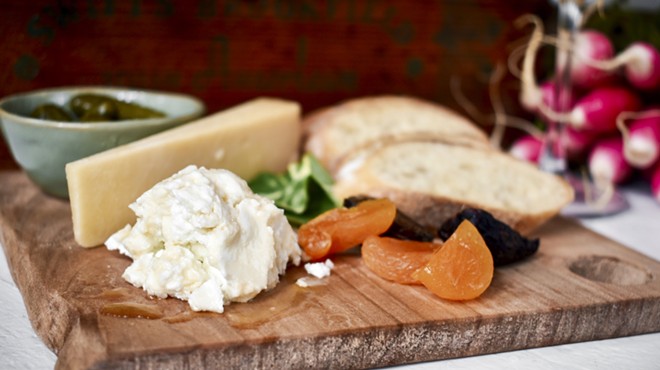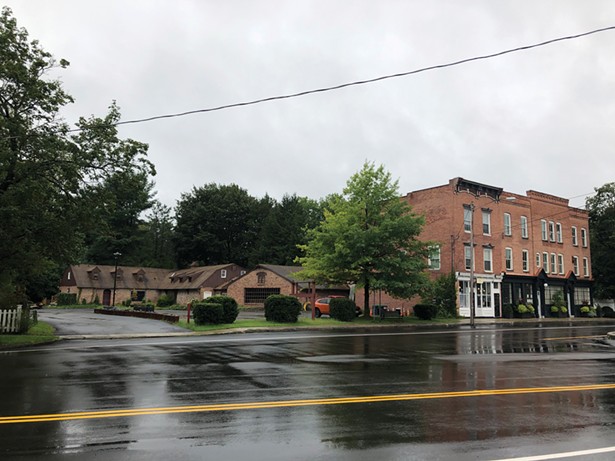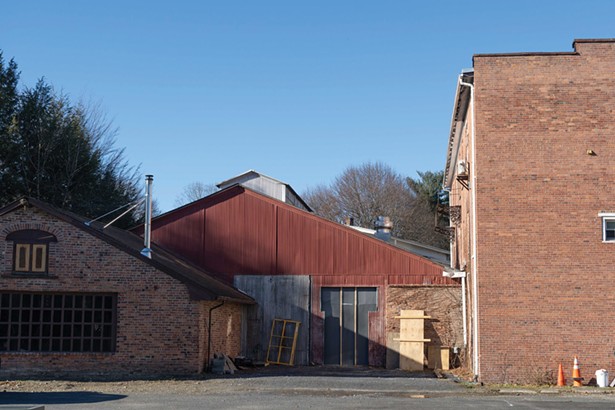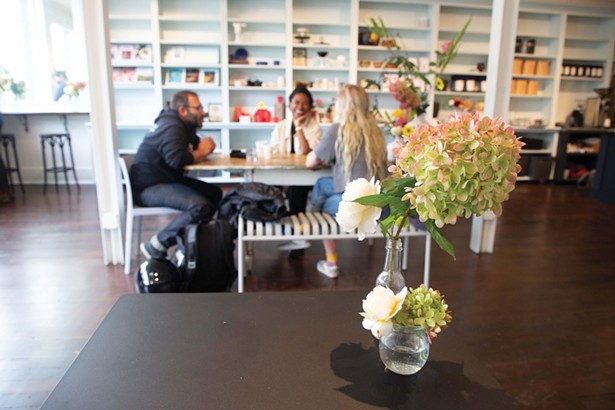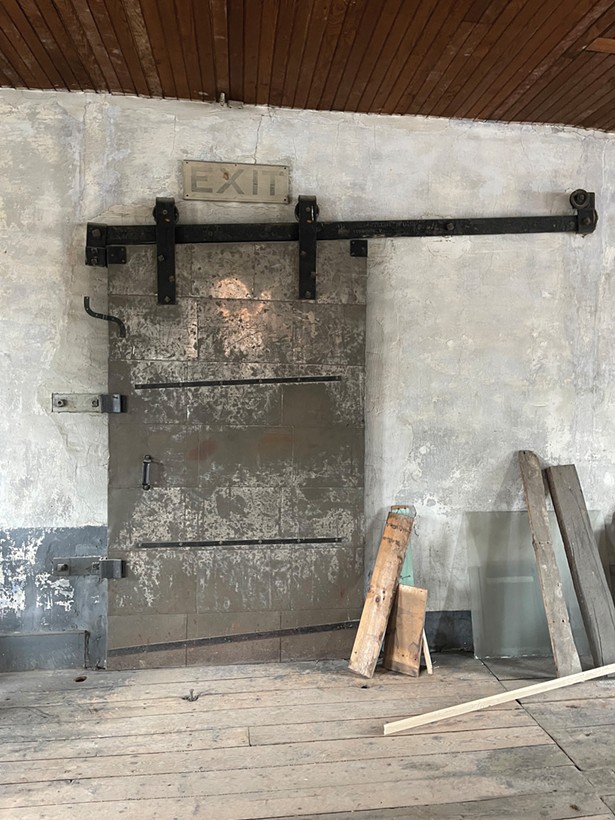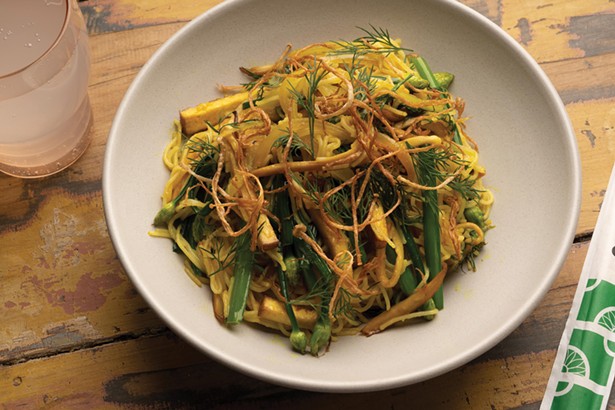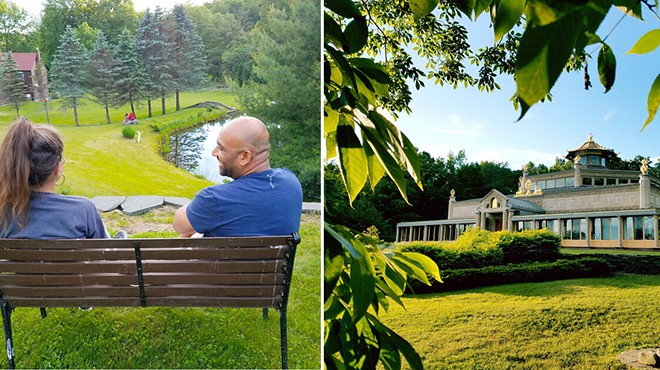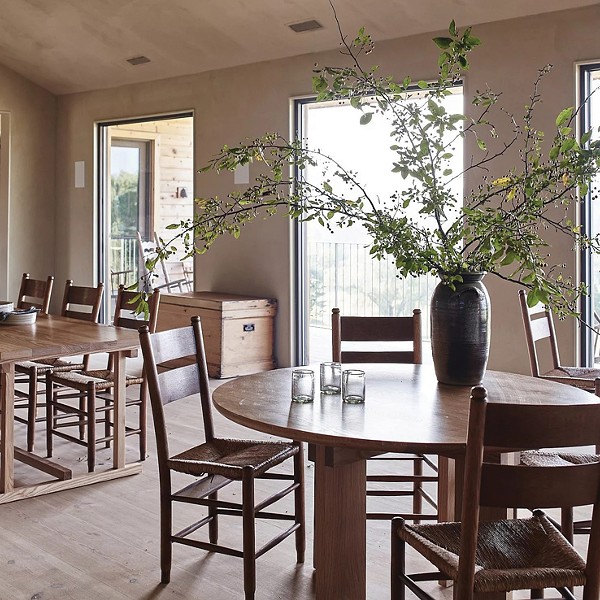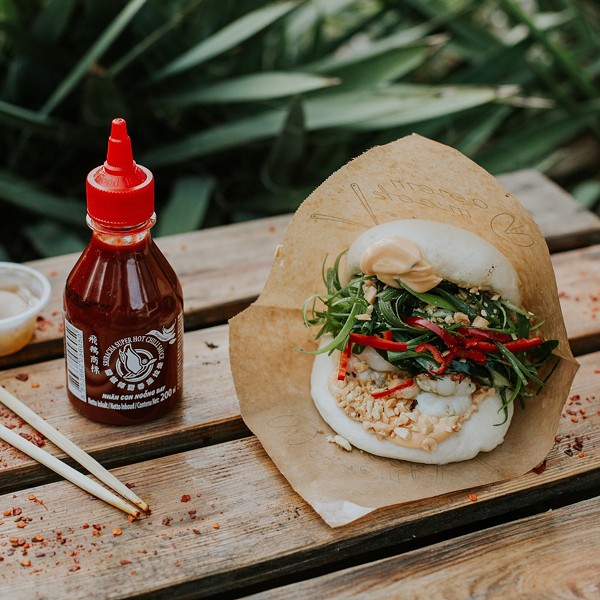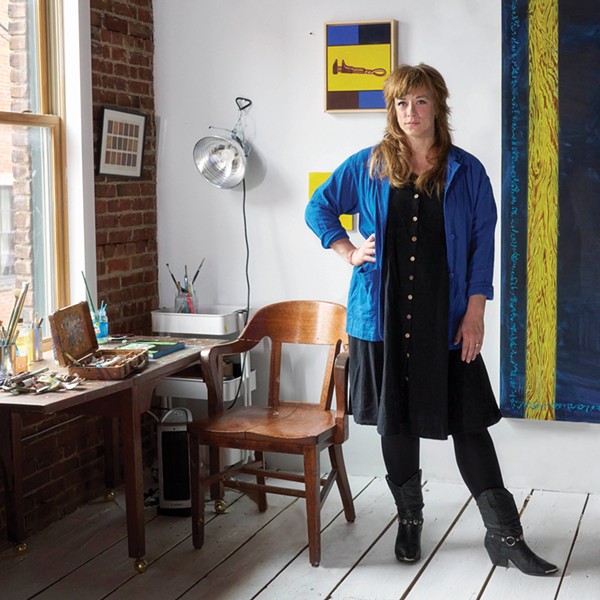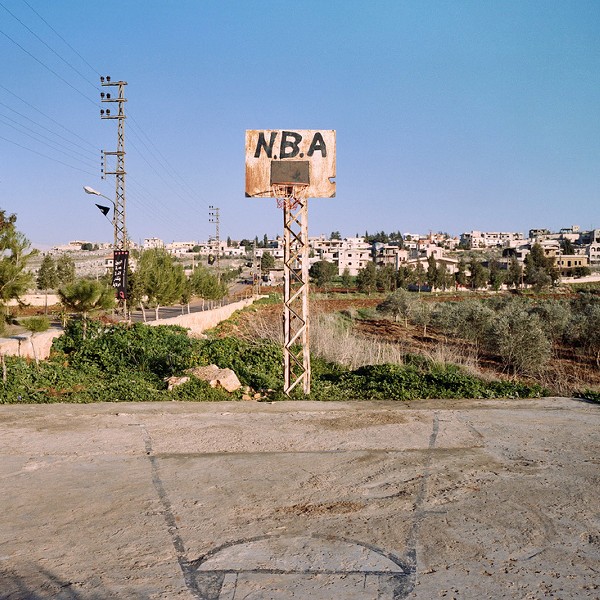Morning birds have a new perch in Kinderhook.
A black-painted wooden facade frames the entrance to a new Indo-Dutch cafe in a stately 19th-century factory building. Inside, the aptly named Morningbird awaits; visitors will find imaginative seasonal pastries (like a squash and gouda turnover with scallions and sambal, notes of cumin, coriander, and mustard); coffee from Gotham Roasters and Coffee Project NY; lunch items and a selection of handcrafted items from BIPOC and women-identifying makers like Allison Samuels and Alice W. Chai.
This cafe is just a taste of what’s to come—a gustatory and aesthetic amuse bouche—from artist Darren Waterston and chef Yen Ngo, who set out to bring a new world of flavor, design, and art to Kinderhook. At first glance, it seems like a strange place to pick for such an ambitious project. But scratch below the town’s surface, and you’ll find a much more complex world of flavors already simmering.
Children’s Corner
In the earliest years of the country’s founding, Kinderhook was a hub for traders and travelers. It was named, or so the story goes, by Henry Hudson. The Dutch phrase means “children’s corner,” and he christened it as such because he saw so many Native American children playing there. The name Kinderhook began appearing on Dutch maps in the early 1600s, making it one of the oldest established settler-named towns still in use in the country; it was officially chartered in 1687.
But few would characterize the Columbia County village as a thriving hub of culture and commerce today. These days, the village harbors less than 1,400 residents, and its claim to fame is as the birthplace of President Martin Van Buren. In recent years, there have been a few notable cultural enhancements in town, including New York City gallerist Jack Shainman’s opening of The School in 2014. The 30,000-square-foot former middle school presents large and ambitious shows with both emerging and established artists (including household names like Andy Warhol and Jean-Michel Basquiat).
Initially, the overtly rural charms of Kinderhook were what attracted artist Darren Waterston to Kinderhook in the first place. Waterston, whose work has been shown around the world—in 2020 at London’s Victoria and Albert Museum—was looking for a quiet refuge. Eventually, long-term restfulness made him antsy, so he decided to import a little more of the creative, communal spark he was missing—already making its presence known in town at The School and in worldly culinary outposts like Saisonnier—to Kinderhook. “As a studio artist, I have always enjoyed most collaborations with others to make a work of art,” Waterston says.
The Concept
What started as a late-night conversation about his desire for a more inclusive and diverse community with a longtime friend Yen Ngo, turned, in the ensuing months, into the biggest collaboration Waterston has ever entered into. The project now encompasses three buildings, three restaurants, four apartments, and several small businesses. Coffeehouse and cafe Morningbird, upscale eatery the Aviary, and cocktail lounge the Nest are the three food concepts that anchor, and in many ways, set the tone of, the community of businesses that operate under the umbrella of the Kinderhook Knitting Mill.The Mill is housed in an 1870s textile factory,and two other buildings that were added later in the 20th century. The businesses that rotate around the restaurants are owned and operated by women and people of color; while they offer everything from fine art to sea salt, the businesses were selected by Waterston and Ngo with the goal of “cultivating a thriving village center that will nourish” and inspire, literally and figuratively, Waterston says.
The concept for Waterston’s project, he explains, “was born during the most isolating days of the pandemic and driven by the desire for connection and community through great and food and art.”
Like many visions, this one was born after an evening of revelry with a co-conspirator. Yen Ngo, chef/owner of the acclaimed modern Vietnamese restaurant Van Da, was visiting Waterston, and they agreed that Kinderhook was absolutely idyllic, the kind of restorative place that creative people often require to perform at their highest level, but missing those surprises and pops of energy that keep their creativity flowing.
Yen says she was inspired by the opportunity to bring a new creative spark to Kinderhook. “I’ve been in this industry for a long time, and when I visited Darren in Kinderhook we saw an opportunity to build something meaningful and a little different than what you might expect from a large project like this,” Ngo says. “When we started this project, we kept hearing stories from locals that Kinderhook used to have a lively village center that has slowly slipped away bit by bit over the last few decades. I think we’re bringing some of that energy back to the village square that has been missing for a while, but in a way that feels organic and homegrown.”
It was important, she says, to not just import their vision onto the community. “Most of the people involved in this project came to it with some connection to this area, whether they live here or already have businesses based in the Hudson Valley,” she says, explaining that fusing the heritage of the Hudson Valley with global influences felt like the best way to honor the past and look toward the future.
The project brings together “an exceptional group of creatives to make this all possible and I think we were inspired by coming together to build a sense of place and a hearth for a broader community,” Waterston says. He and Ngo were determined to line up a group of co-collaborators to round out the vision, and give the project more flavor, texture, and depth.
The Reality
Turning the concept into reality has been a daunting undertaking, and one that neither Waterston nor Ngo ever envisioned as being part of their life plan. “Yen and I began our friendship in New York City a decade ago and never imagined we’d create something together like this,” Waterston says. “It’s been the most challenging creative endeavor I have ever taken on. But I also feel it’s truly meaningful and worthwhile.”The pair brought Nic Der in to serve as creative director. A fellow artist who has known Waterston for many years, Der says he is inspired by the opportunity to work with “such a diverse group of people, in one space.” The Mill itself, he adds, occupying a space in the middle of town, and incorporating so many different eras into its architectural bones, provides instant visual cues to the vast diversity that will greet visitors within.
While Waterston and Yen admit that launching a vast social and cultural enterprise in the middle of the pandemic may be counterintuitive, after buying the space, they were surprised and heartened by the speed and success with which they were able to win town approval and attract an enthusiastic and diverse group of creators, artists, and culinary visionaries to join them.
The initial space was built in the 1870s, and in World War I the owners added a metal depot behind the first building, Der explains. The Mill building is three stories, featuring huge windows with a lot of light. The metal building behind it is one vast space, with 40- to 50-foot-high ceilings and a cupola on top that lets in the light. Attached to that is another two-level building erected in the 1970s.
Morningbird is in the original 1870s building; the Aviary will open in the metal building; and the Nest will open in the 1970s-era space. And while the buildings are all connected, they will all operate and function as separate spaces, Der says. The exteriors of the buildings were left intact, and the bones inside remain as well. Der says that the metal doors in the Mill Building are original, as are all of the floors, moldings, elevators, and beams. There’s even some graffiti from the Mill days scribbled on the walls of the third floor, vintage 19th-century jottings like “Love many, trust few, always paddle your own canoe.”
“Each building has a very different layout, and Darren and Yen have imagined very different uses for each space,” says Der. There are elements of food, drinks, art, design, plus living spaces spread across the three spaces, a few of which are open now, and the rest of which will be fully operational by summer. The four apartments are already occupied.
The complex’s other businesses include a locally minded, lo-fi skewing wine and spirits emporium, the Kinderhook Bottle Shop; locally sourced handmade body-care space 2 Note; and the newly opened OK Pantry, which offers all manner of thoughtfully curated edibles, potables, and housewares; a garden store called Damsel Garden; and September Gallery, which is relocating from Hudson. Openings are happening on a rolling basis; OK Pantry is open now, and the rest of the businesses will be open by early summer.
“Yen recruited Hannah Wong to execute the food program across the entire concept,” Der says. “Hannah and Yen have collaborated before, and they also brought in Karly Kuffler to handle the pastry program. We source as much of our food as possible from local farms. And we also wanted to honor the region’s Dutch heritage with our menu, while also infusing the items with Asian influences as well.”
“Our culinary program highlights products from our neighboring Hudson Valley farms,” says Wong. “Morningbird offers casual and comforting Southeast Asian dishes for lunch, and a pastry program with creative spins on classics.”
The Nest and the Aviary will also focus on Dutch-Indonesian cookery, and will open in spring. “The Aviary will seat 150 people and will be housed in the metal warehouse,” Der explains. “The Aviary is going to be more overtly Dutch-Indonesian, seen through a modern Hudson Valley lens. The Nest will have small bites like fried smelt, or scotch quail eggs wrapped in sausage and deep fried.”
While Waterston and Ngo are funding the space, and are deeply involved in every major decision Der and a few other key players—including the individual business owners, and executive chef Wong—are empowered to project their own aesthetic and creative choices onto the space as well.
“The vision all along has been as a creative, collaborative, inclusive space,” says Der. “When Darren shared the opportunity to move to Kinderhook and help him and Yen build out this communal hub from the ground up, I was interested immediately. It is very cool to see it coming together, and see how many women, people of color and members of the LGBTQ community are coming together under one roof here.”
Kinderhook’s residents have been equally delighted, Der says. “We have received such a warm welcome from the community,” he says. “We have new people in here every day, but we also already have regulars. We are getting feedback that makes us realize Darren wasn’t the only person missing this kind of space here.”
MorningbirdOpen daily 8am-3pm








